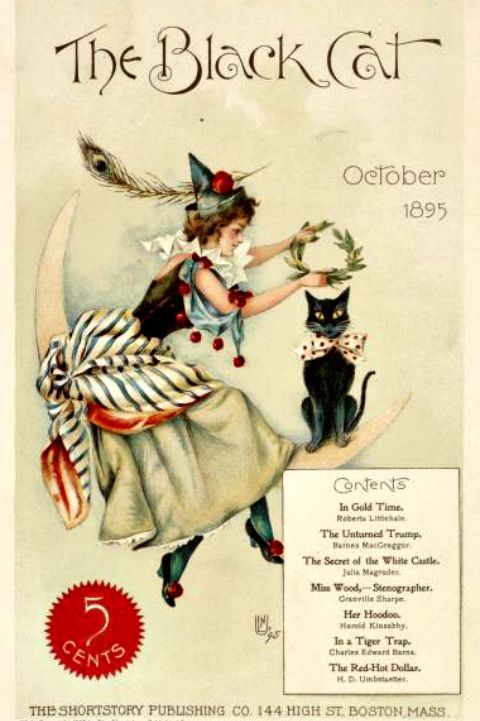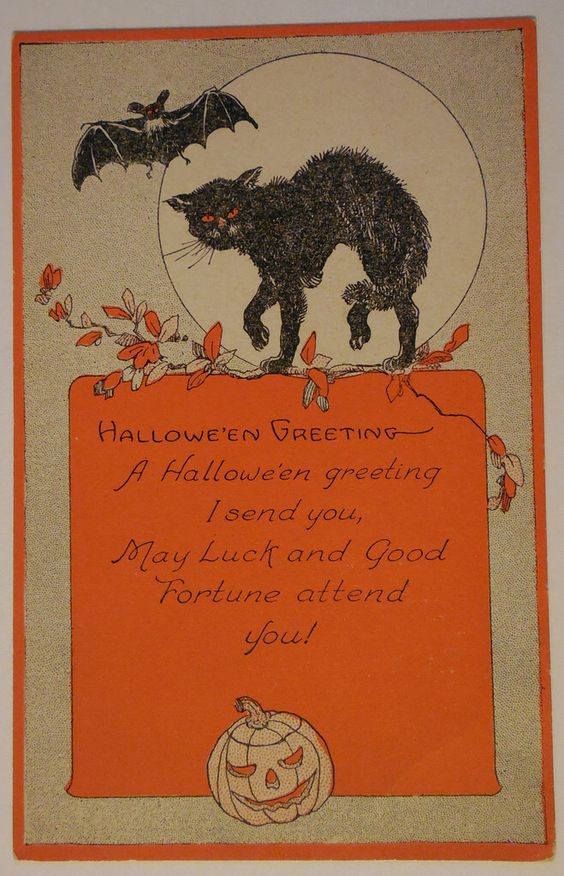My family was not very “into” Halloween. When I would ask my mom about my costume, her yearly response was, “Go in the bin and find something to wear.” The bins were wooden window seats under the den windows with tops that flipped open. My toys were in one bin, old clothes and keepsakes occupied another.

Dressed in my Halloween finery, I always hoped to win the best costume award at Fall Festival at my school. I clearly remember waiting in anticipation for the winner’s name. It was never mine. Despite my disappointment, school carnivals remain my fondest Halloween memories. There were fabulous white elephant gifts wrapped in newspaper that could be purchased for mere pennies. There was a bake sale and food booths. I tried my hand at children’s games. One year, I even won a goldfish, which I named Jezebel.
I never carved a pumpkin until I met my husband. What great fun it was traveling on back roads in Ventura and Oxnard to find the perfect pumpkin patch, then strolling through fields to pick our own.

One of the challenges of writing about holidays is researching the customs of the times. How was Halloween celebrated around the turn of the 20th Century?
Jangling skeletons, egregious ghosts and goblins, black cats and witches with brooms are as common now as they were 100 years ago. Jack-o-lanterns lit with candles and creaking gates would be right at home in either century.
Halloween as a children’s holiday is a recent development. Parties and barn dances were adult activities. Corn husking bees, masquerades and prizes for best costume were grownup pursuits. The wildest party in town was on Venice Beach featuring parades, bands and fireworks.

Newspapers announced Halloween events. Periodicals featured Halloween recipes, decorating ideas and games. Matchmaking was an important aspect of parties.
In fact, Halloween was interwoven with romance and was considered the optimal opportunity to find love. Maidens searched for a glimpse of their true love on All Hallow’s Eve by either peering into a well or climbing the stairs with a mirror held over their shoulder. I can’t help but wonder if any young lady ever identified her future husband in this manner. I’m pretty sure more than a few must have fallen down the stairs!

Parlor games included bobbing for apples, jumping over a candle flame and fortune-telling. Ghost stories were a must. Harvest festival activities much like the ones from my childhood were common.
Costumes were rare and mostly for adults. Cider and doughnuts were foods of the season. There was even candy corn.

Home décor was an important aspect of the holiday. Autumn leaves, cornstalks and berries were described in society pages. Yellow chrysanthemums made for seasonal arrangements.
Guising came to North America courtesy of the Scottish and Irish. The first written report of this activity dates to 1911. Costumed children went from house to house asking for food or money. They earned their token by telling a joke, singing, reciting a poem or performing some other talent. But I didn’t find any evidence of this practice in Los Angeles 100 years ago.

Pumpkins and apples were in demand at stores but the words “trick or treat” and handing out candy are recent traditions. It wasn’t until the 1950s that candy companies began marketing sweet treats for Halloween.
So, what did boys and girls do on Halloween? Some dressed in sheets and did mischief by tapping on windows, rattling doorknobs and chasing people—harmless pranks. The police were quick to assure they would keep an eye out for boys destroying property or endangering life. This made for celebrations more devoted to tricks than treats.

Vandalism became a real problem in the 20s and 30s. Activities for children were recommended as an antidote, which is how Halloween transitioned to the youth-oriented holiday we recognize today.
What are your favorite Halloween memories and traditions?

